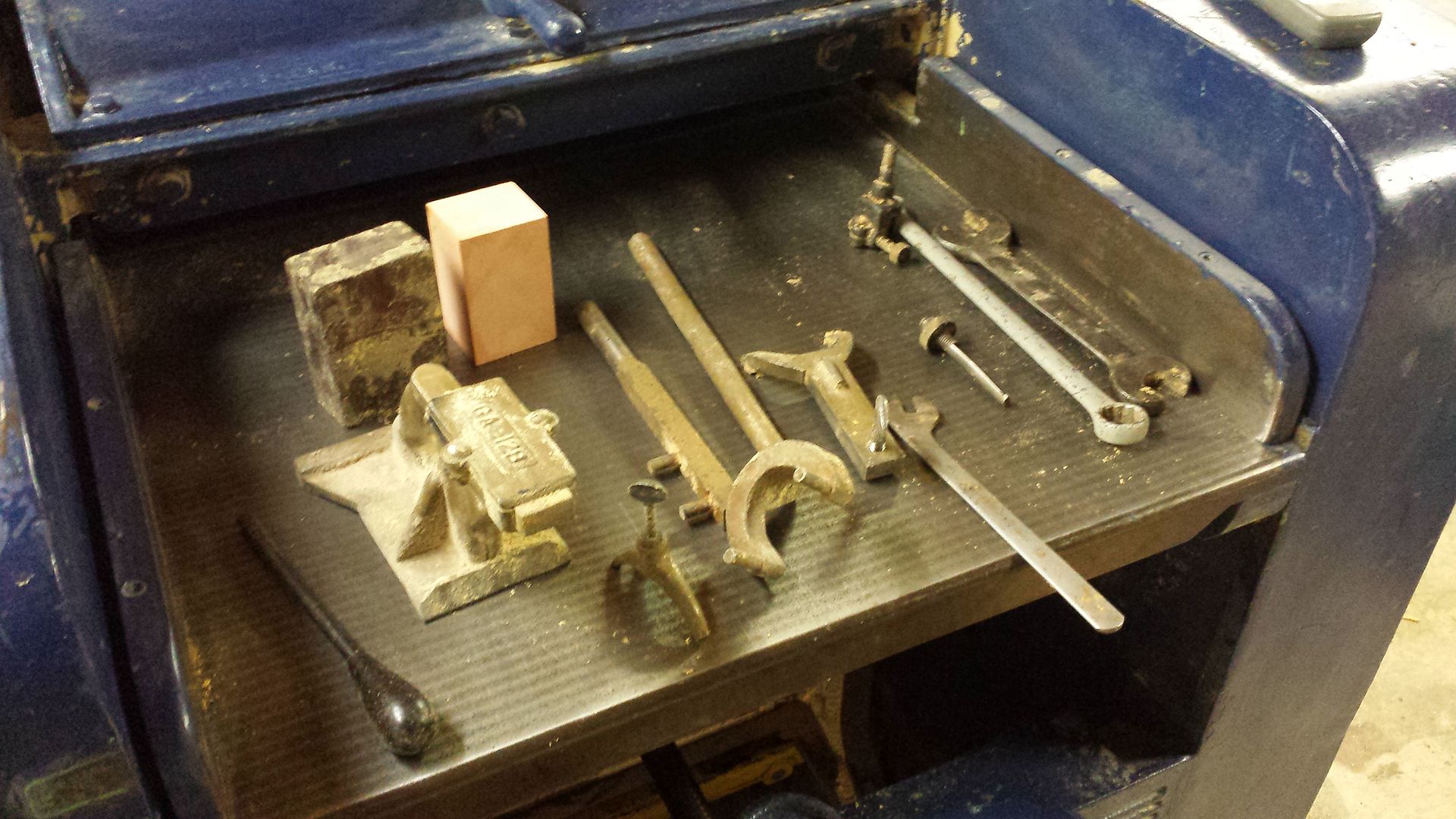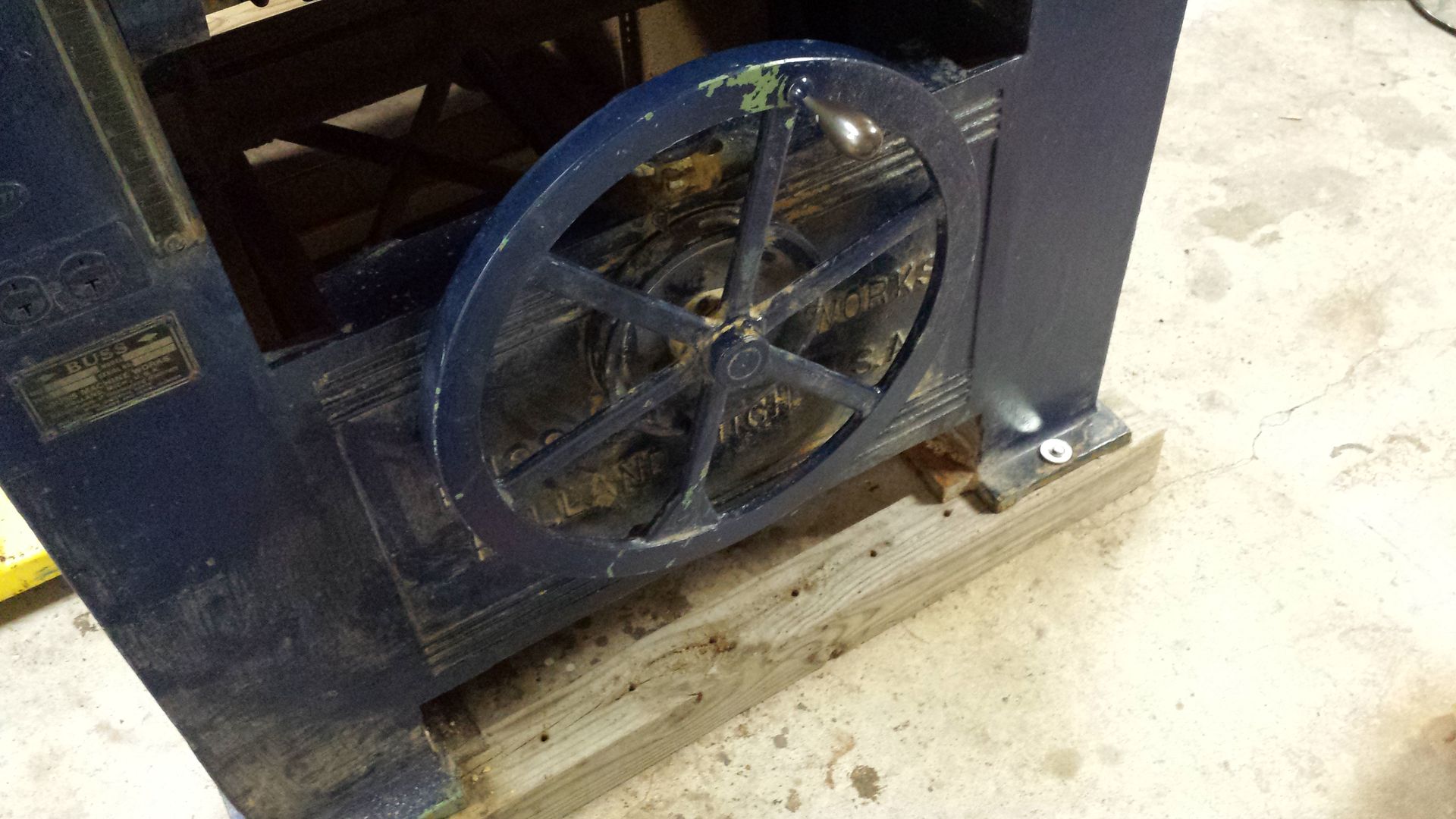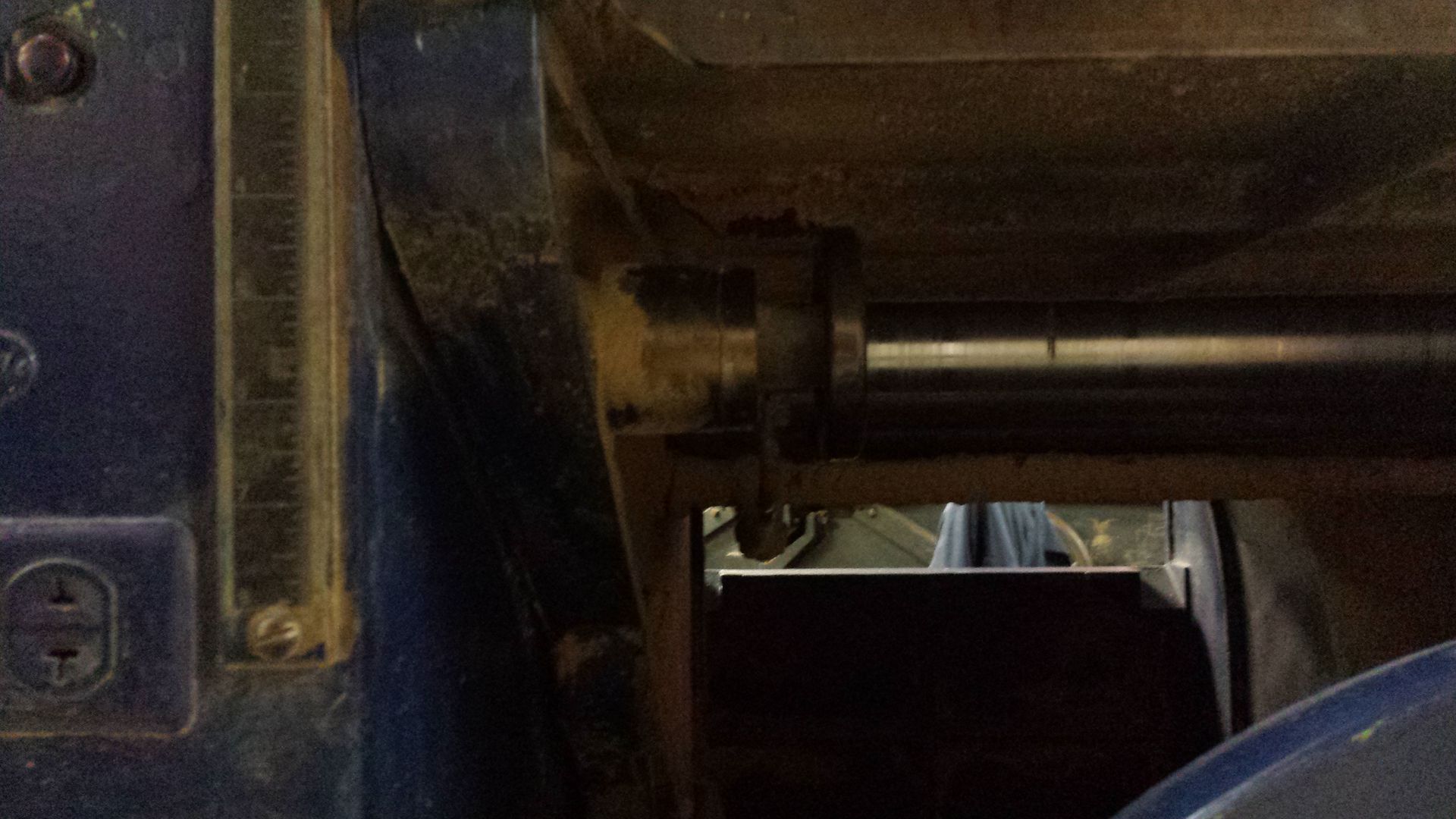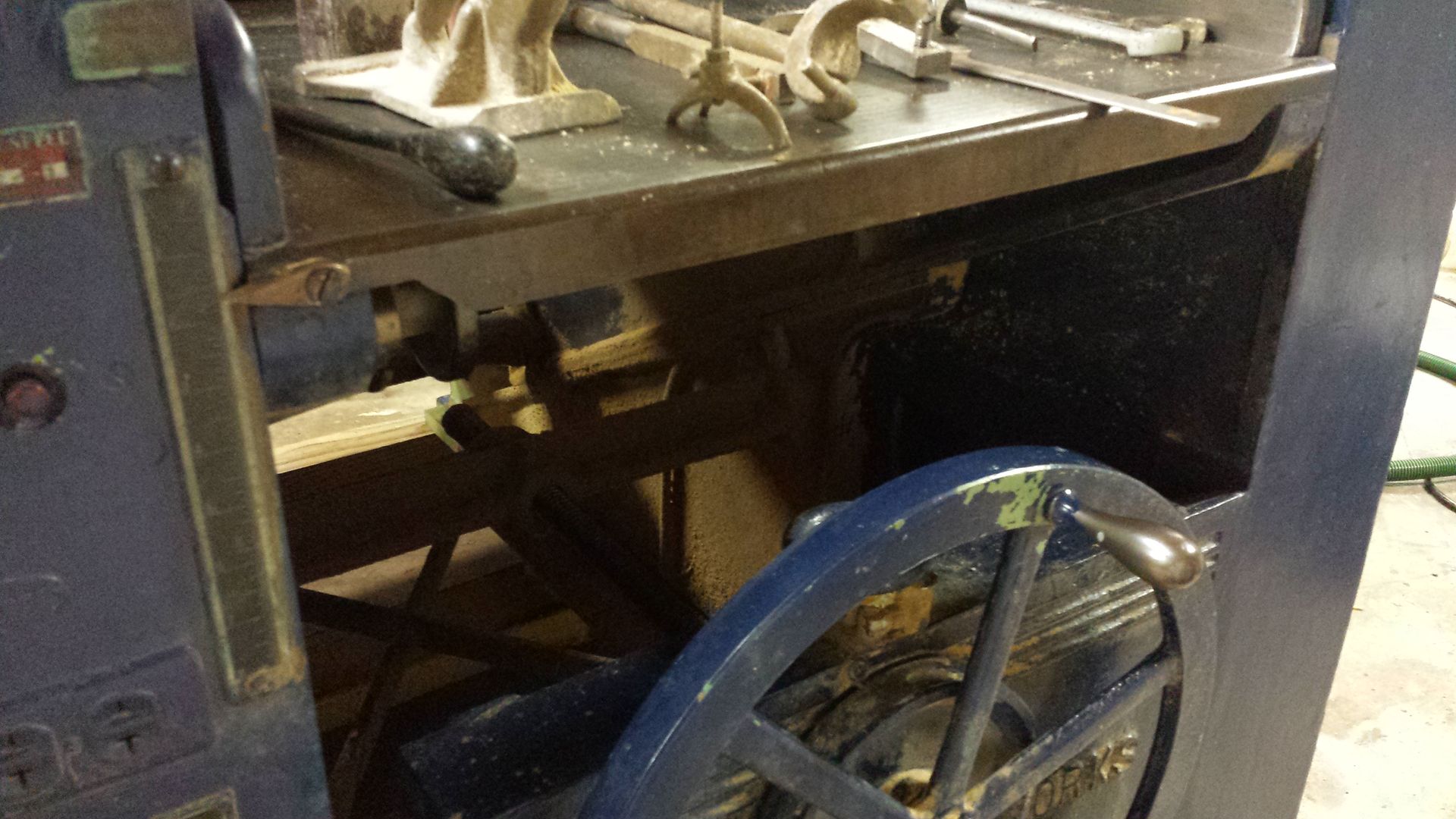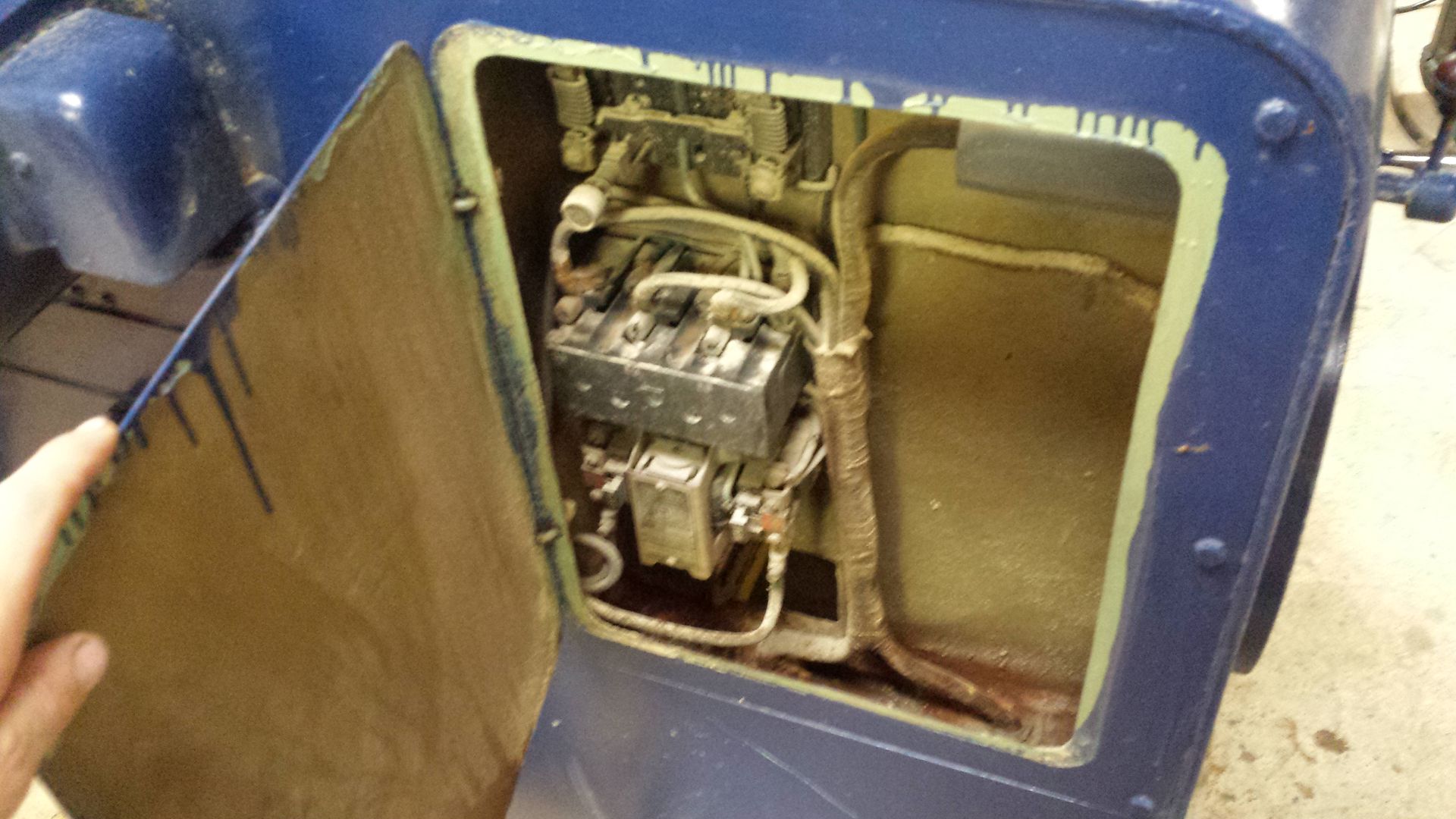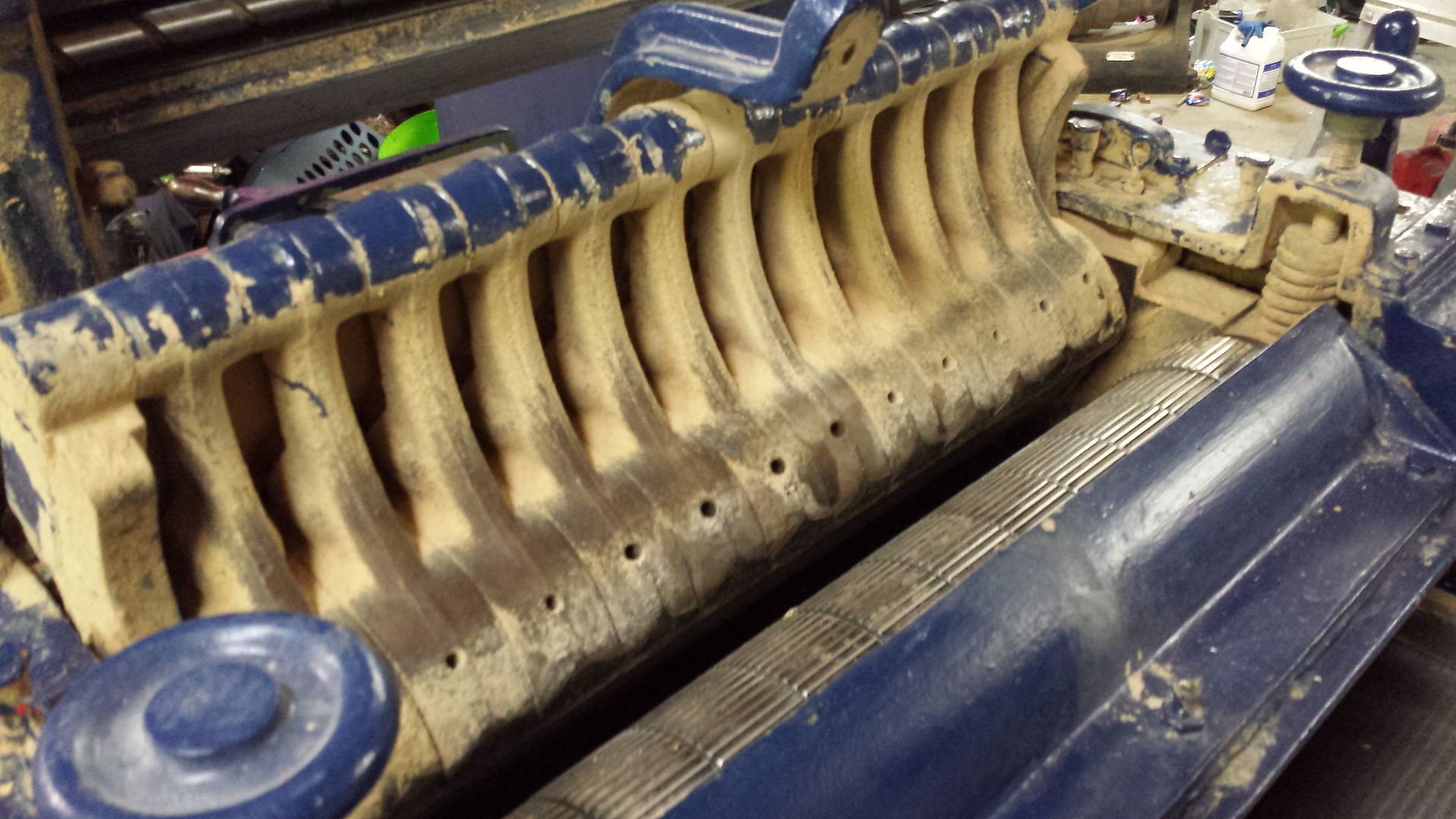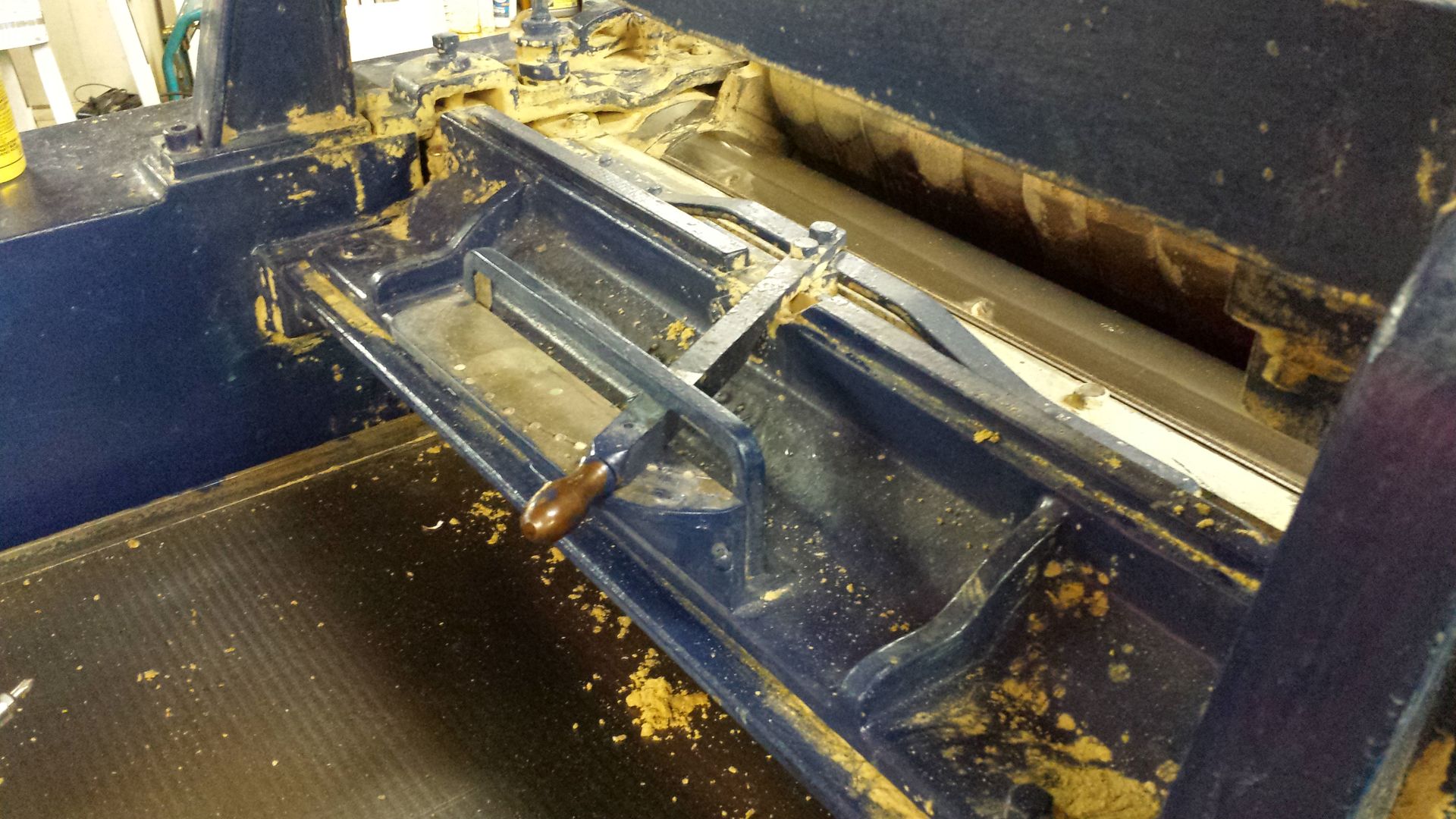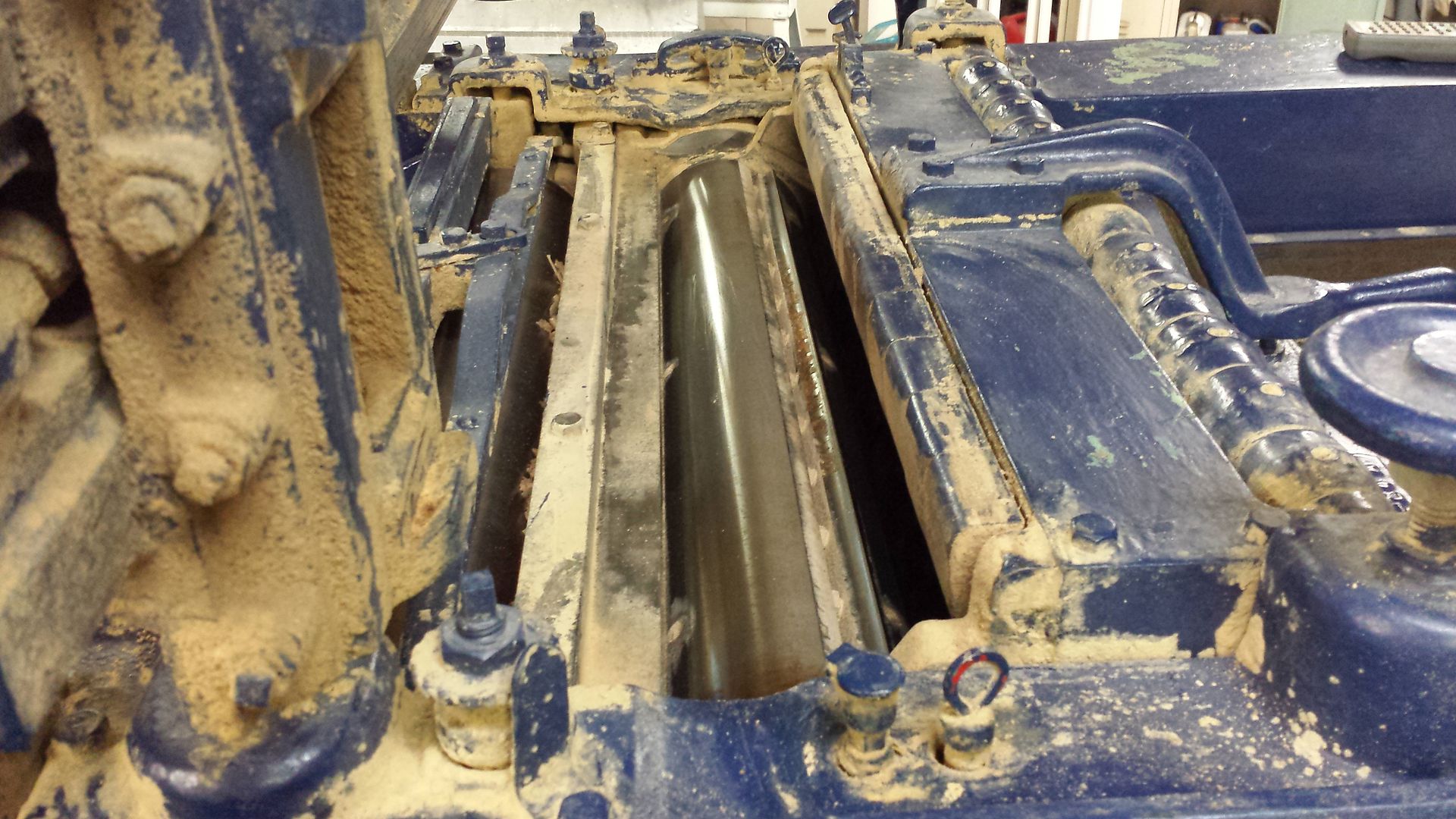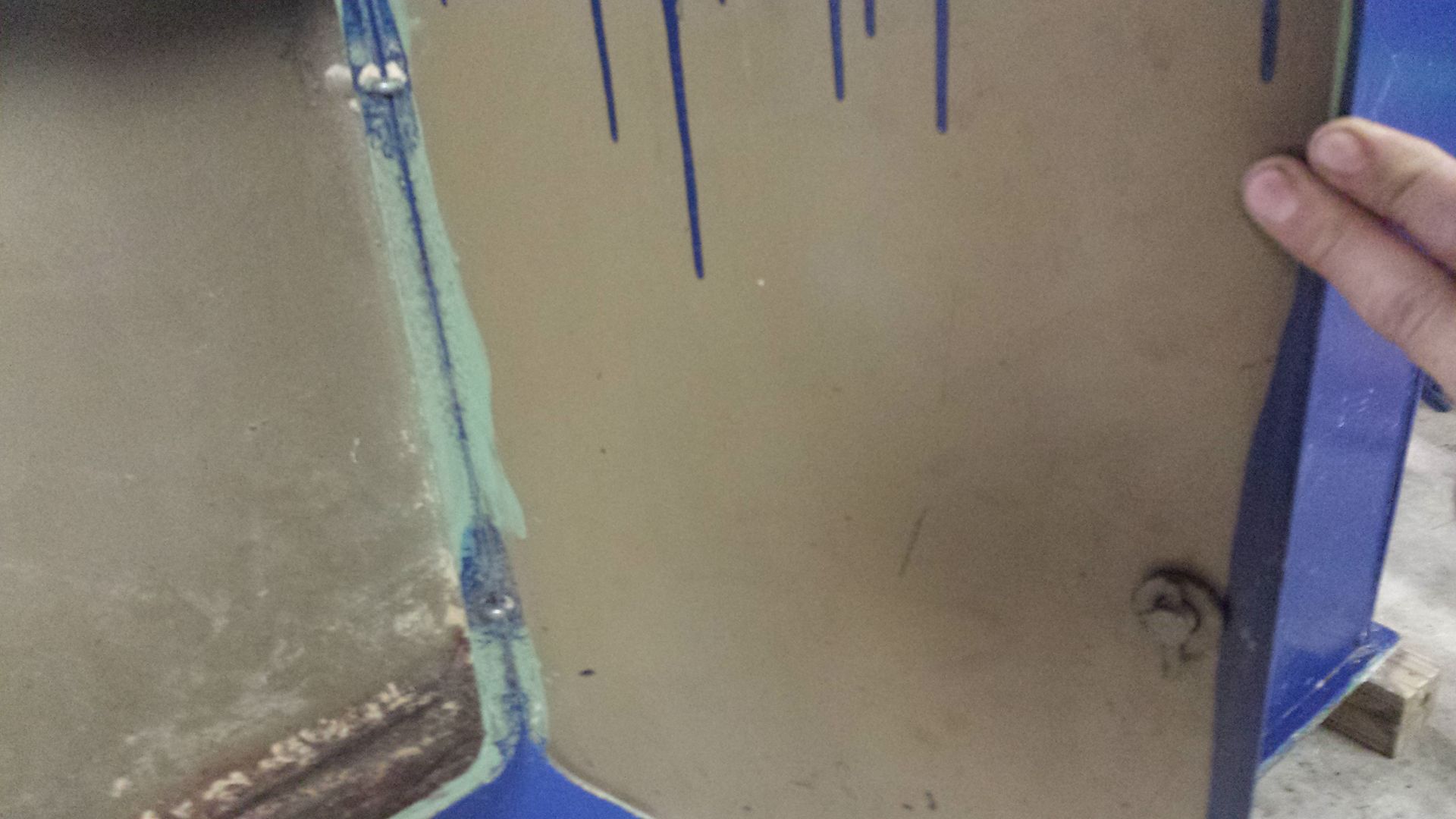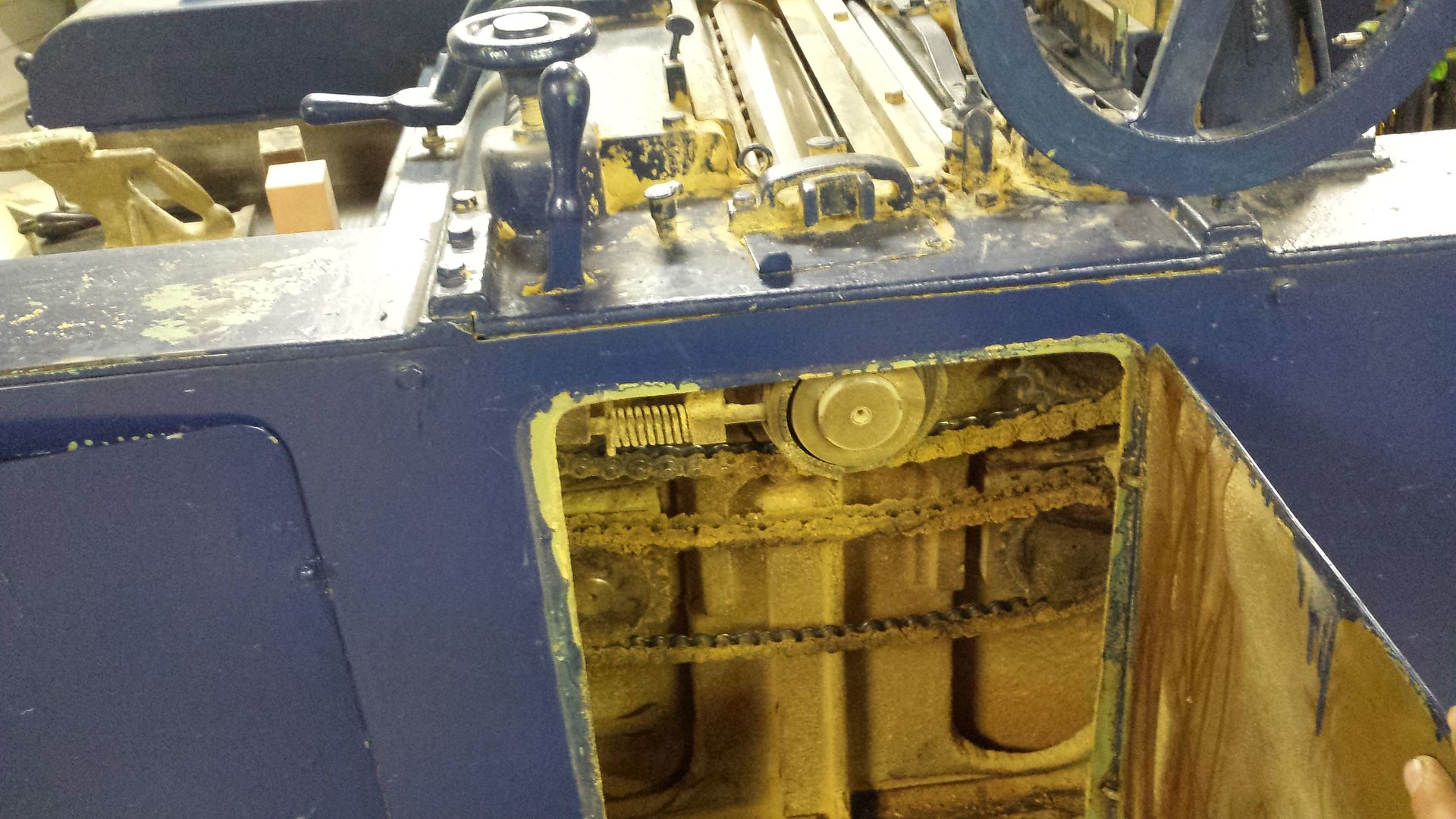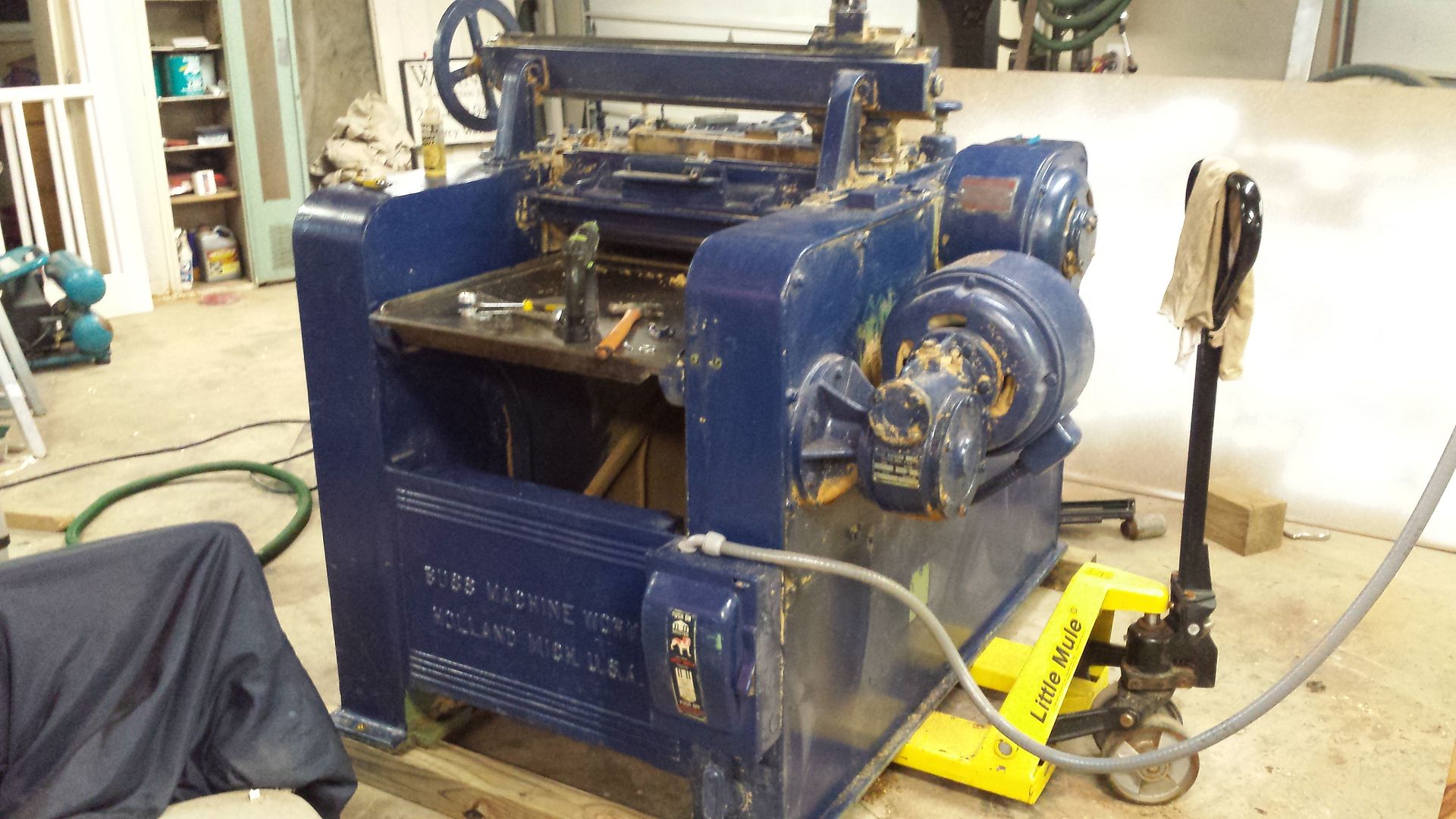WarnerConstCo.
Member
- Joined
- Apr 14, 2008
- Messages
- 4,205
Only one picture, I have to get some some stuff moved around and get it ready to go where my YA M60 24" planer was.
I think the planer came from Warner Swasey's pattern shop and was made in 1944, I think.
I am also sure it has every accessory that ever came with one from Buss.
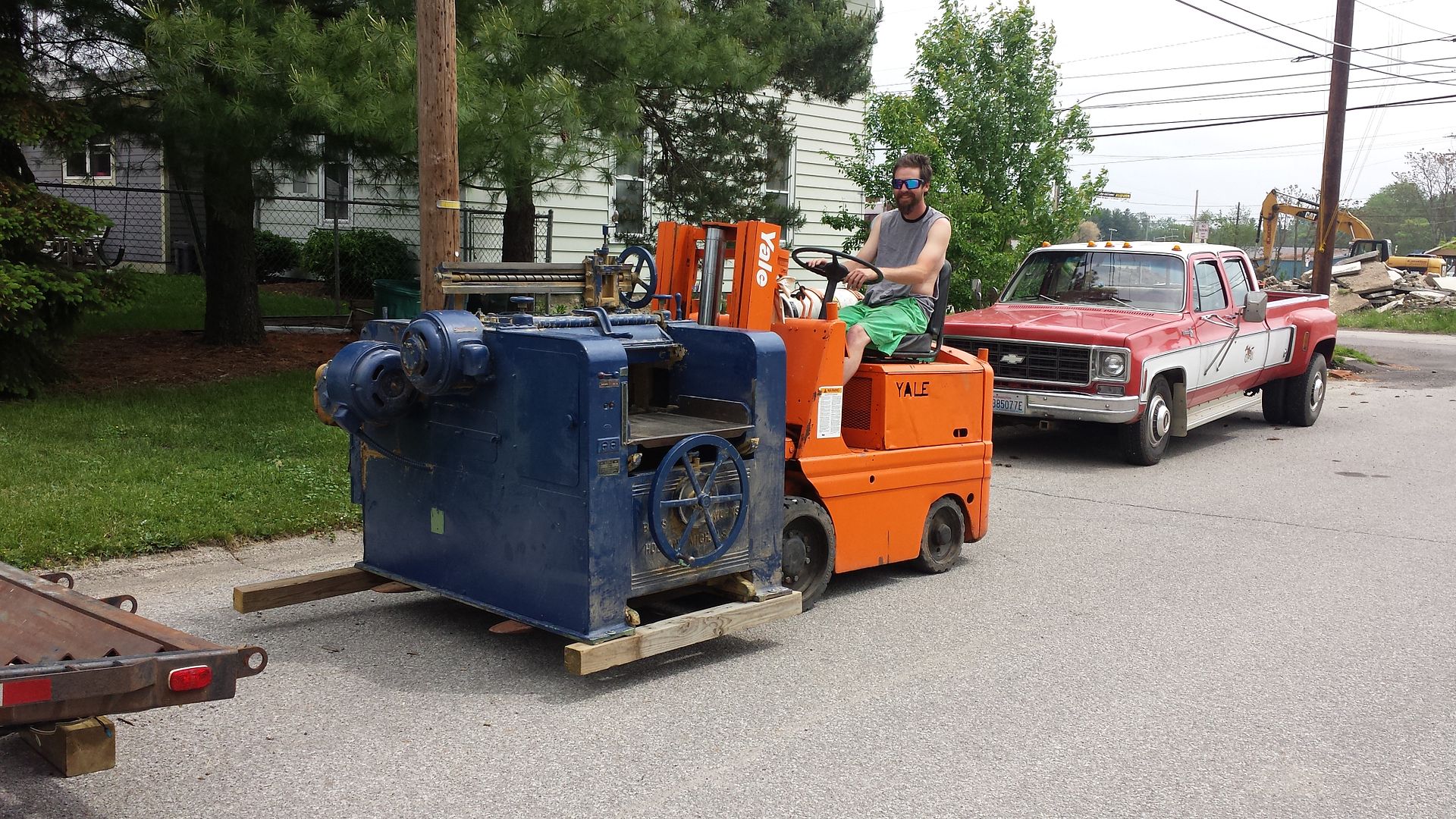
I think the lift operator had already been kicking some back today.....
I think the planer came from Warner Swasey's pattern shop and was made in 1944, I think.
I am also sure it has every accessory that ever came with one from Buss.

I think the lift operator had already been kicking some back today.....

